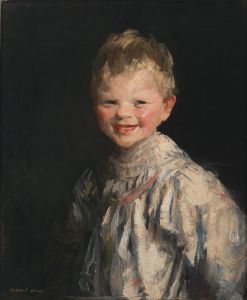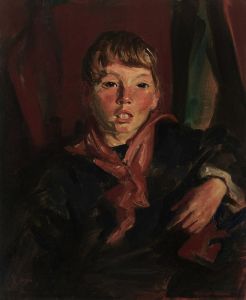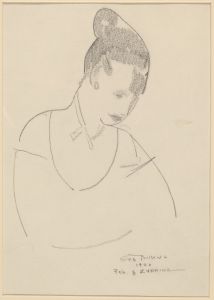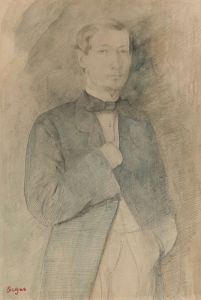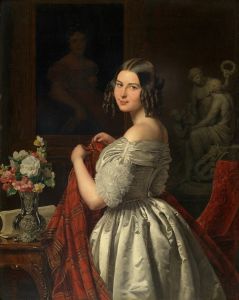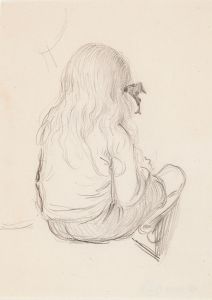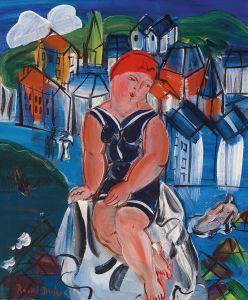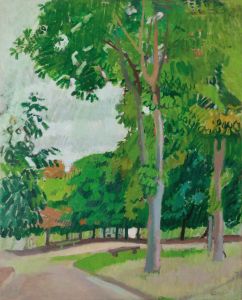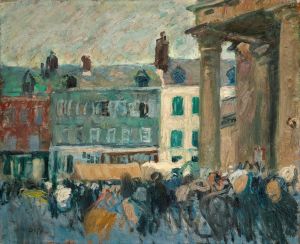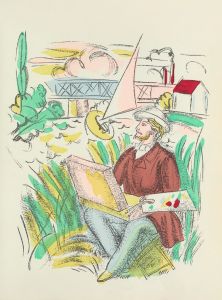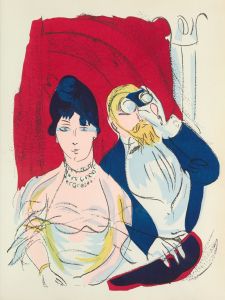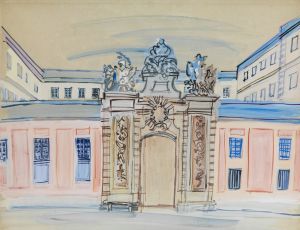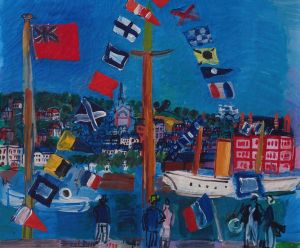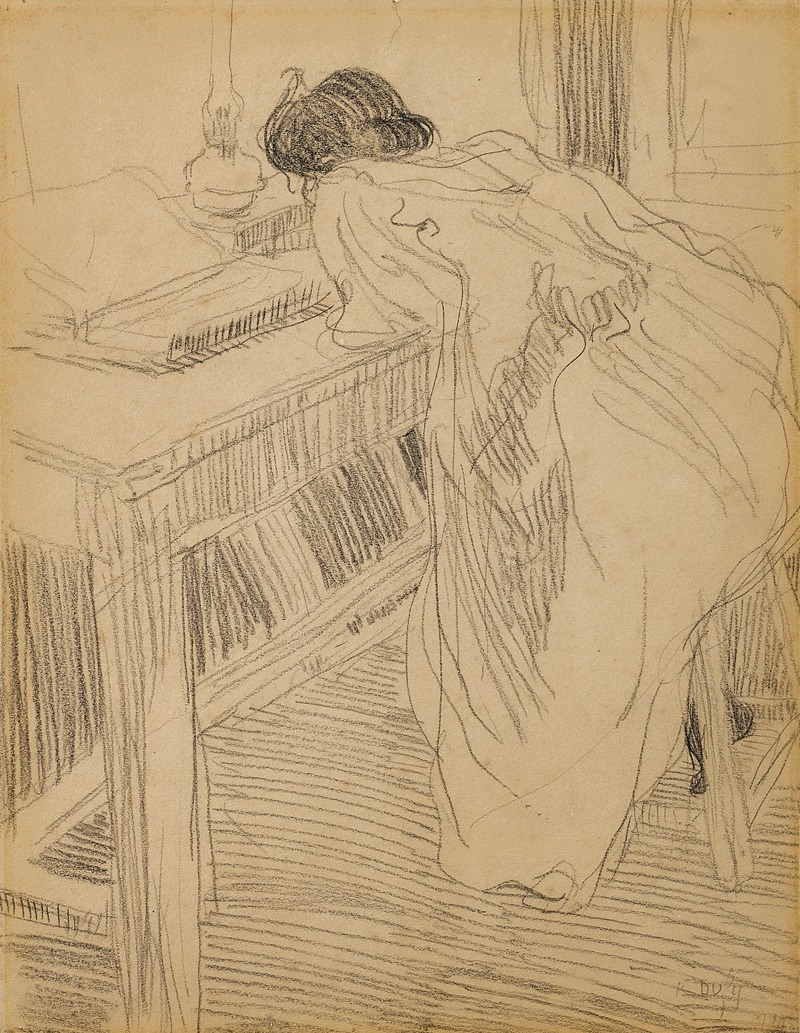
Femme à sa table
A hand-painted replica of Raoul Dufy’s masterpiece Femme à sa table, meticulously crafted by professional artists to capture the true essence of the original. Each piece is created with museum-quality canvas and rare mineral pigments, carefully painted by experienced artists with delicate brushstrokes and rich, layered colors to perfectly recreate the texture of the original artwork. Unlike machine-printed reproductions, this hand-painted version brings the painting to life, infused with the artist’s emotions and skill in every stroke. Whether for personal collection or home decoration, it instantly elevates the artistic atmosphere of any space.
Raoul Dufy (1877–1953) was a French Fauvist painter known for his colorful and decorative style, which often depicted leisure activities and scenes of modern life. One of his works, "Femme à sa table," exemplifies his unique approach to color and form. However, specific information about this particular painting, such as its creation date, current location, or detailed analysis, is not widely documented in public records or major art references.
Dufy was born in Le Havre, France, and began his artistic education at the École des Beaux-Arts in Paris. His early work was influenced by Impressionism, but he soon became associated with the Fauvist movement, which was characterized by bold colors and brushwork. Dufy was particularly influenced by Henri Matisse, whose use of color and form inspired him to develop his own distinctive style.
Throughout his career, Dufy explored various subjects, including landscapes, cityscapes, and scenes of social life. He was also known for his work in textiles and ceramics, which further showcased his vibrant use of color and pattern. His paintings often convey a sense of joy and lightness, capturing the essence of the early 20th-century French joie de vivre.
"Femme à sa table" likely reflects Dufy's interest in depicting everyday life with a sense of elegance and simplicity. While specific details about this painting are scarce, it can be assumed that it features a woman engaged in a domestic or leisurely activity, a common theme in Dufy's work. His paintings often include figures in relaxed settings, surrounded by bright, harmonious colors that create a sense of movement and vitality.
Dufy's technique involved the use of loose brushstrokes and a vibrant palette, which allowed him to capture the essence of his subjects without focusing on intricate details. This approach is evident in many of his works, where the emphasis is on the overall atmosphere and mood rather than precise representation.
Despite the lack of detailed information about "Femme à sa table," it is reasonable to assume that the painting embodies Dufy's characteristic style and thematic interests. His work remains celebrated for its ability to evoke a sense of happiness and freedom, qualities that continue to resonate with audiences today.
Raoul Dufy's contributions to modern art are significant, and his paintings are held in high regard by art historians and collectors. His ability to blend color, form, and subject matter in a way that captures the spirit of his time ensures his place as a prominent figure in the history of art. While "Femme à sa table" may not be as widely recognized as some of his other works, it undoubtedly reflects the artistic vision and creativity that define Dufy's legacy.






